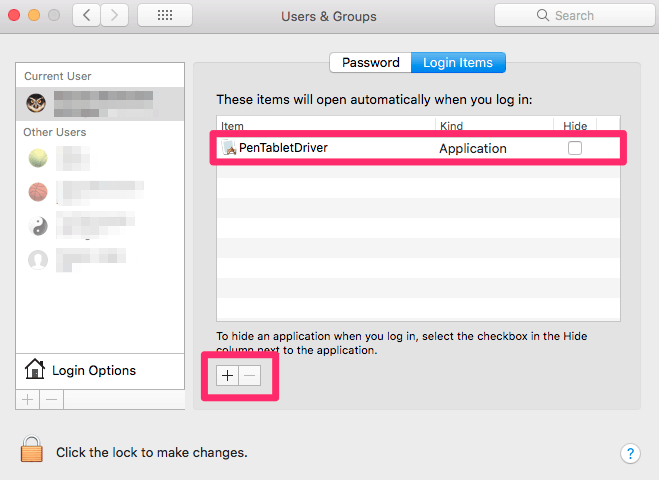

- How to remove menu bar on mac how to#
- How to remove menu bar on mac mac#
These icons are useful because you can use them to quickly view the status of certain services, access certain functions, or adjust settings. On the right side of the menu bar, the menu tools, icons that are part of macOS or that are installed by third-party applications are displayed.
Here are many different ways to customize and use the Mac menu bar effectively. You can add new status symbols, sort things out, and clean up clutter to make things easier, and that’s just the beginning. Dynamically changing menu options on the left, combined with status symbols for background programs and system functions on the right, make it virtually irreplaceable. It’s been around forever, and as you see it, it’s not going away any time soon.

The menu bar is an iconic area of the Mac user interface.
Final remarks: How to Add/Remove Control Center Modules to Menu Bar on MacĬheck How to Add/Remove Control Center Modules to Menu Bar on Mac. Remove the Control Center module from the menu bar. The steps to add Control Center modules to the menu bar are detailed below:. Check How to Add/Remove Control Center Modules to Menu Bar on Mac. If your answer is yes after reading the article, please share this article with your friends and family to support us. I hope you guys like this blog, How to Add/Remove Control Center Modules to Menu Bar on Mac. Recently I updated this tutorial and will try my best so that you understand this guide. Questions? Comments? Have a fix? Post them below orīe sure to check us out on Twitter and the CNET Mac forums.This tutorial is about How to Add/Remove Control Center Modules to Menu Bar on Mac. Turning it off will remove the menu bar, but will also result in both displays being treated as a single workspace, instead of it being possible to swap Spaces on one display while keeping the content of the other static. Of course this will change some of the multiple-display organization that is offered in Mavericks, so you will have to weigh the benefits. Therefore, go to the Mission Control system preferences, where you will see a new option for "Displays have separate Spaces."Ĭhecking or unchecking this option (followed by logging out and back in to your account) will toggle the menu bar on external displays. Instead of being in the Displays system preferences or perhaps in the General or Desktop & Screen Saver settings, this feature is a function of Mission Control. While there is a setting you can change for this, Apple has placed it in a rather less intuitive location than might be expected. Your complete guide to Apple's iCloud DriveĮven if you do not use full-screen applications that are affected, you may simply wish to have the older style where the menu bar is only accessible from the main display. How to AirPlay only audio from your Mac. Three ways to take screenshots on your Mac. Unchecking this box will prevent Mavericks from showing the system menu bar on all displays.įor example, media centers, other full-screen media players, and programs that use older or otherwise nonstandard full-screen implementations may end up showing the menu bar across the top of the display, which can intrude on the content being watched. While programs coded specifically for Mavericks should work just fine, in this early transition period a few that have not yet been updated may not work well with some of its new features, including the new multiple-display features. Unfortunately in some instances this also may be a bit of an intrusion. For example, part of this new approach is that each display will have a representation of the system's menu bar and Dock, giving quick access to these features without your having to move your cursor back to the main display. This allows a closer-to-seamless use of full-screen applications, and for most purposes offers some nice conveniences. Instead of additional displays being extensions of a main display's desktop area, the OS now offers a more independent treatment of each display. Apple's new OS X Mavericks comes with a number of enhancements and tweaks to the OS X services, one of which involves the handling of multiple displays.






 0 kommentar(er)
0 kommentar(er)
